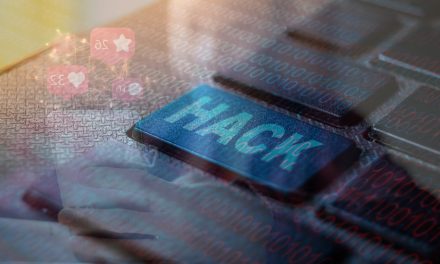The full scope of widget-related risks
Widgets may seem harmless, but they carry a multitude of security and privacy risks:
- Inherited permissions: Widgets inherit the permissions granted to their host app. If an app has access to your location, contacts, or storage, the widget may access the resources as well
- Persistent background activity: Many widgets run background processes, refreshing data at intervals. This increases the attack surface and allows continuous tracking
- Overlay abuse: Widgets with overlay capabilities can be exploited for phishing or trick users into revealing sensitive information (clickjacking)
- Supply chain vulnerabilities: widgets often rely on third-party SDKs or APIs. A compromise anywhere in the supply chain can turn them into attack vectors
- Lack of independent controls: Users can’t usually restrict widget-specific access separately from the app, making fine-grained privacy control impossible
- Outdated code and maintenance gaps: Many widgets do not get the same security updates as full apps, leaving them exposed to exploits
- Silent data transmission: Some widgets can send analytics or user data to remote servers without clear user consent
- Social engineering opportunities: Their home screen presence gives malicious actors a new vector for fraud, impersonation, or fake alerts
- OS weaknesses: Despite some improvements, Android and iOS still lack granular controls over widgets, especially in isolating them from app-wide permissions
Risk awareness checklist: “Think before you widget”
Before installing any widget, use this checklist to assess your appetite for widgets’ associated risks:
- Do you truly need it? Is the widget offering something the app or website cannot?
- Who made it? Is the developer reputable with a clean security history?
- What permissions are involved? Does it inherit sensitive permissions like location, contacts, or mic access?
- Will it run in the background? Does it auto-refresh or sync data continuously?
- Is it maintained? Has the app or widget been updated in the past year?
- Does it include ads or trackers? Are third-party SDKs present for analytics or ad delivery?
- Can you control or audit it later?
- Is it easy to uninstall or restrict its access?
- What is the worst data that could be leaked? Could this widget expose your banking details,
If more than two of these questions raise doubts in your mind, it is best not to install the widget.
Pushing back: what needs to change
As the line blurs between utility and surveillance, the burden of vigilance cannot fall on consumers alone. To truly address widget-related risks, multiple actors need to step up:
Phone manufacturers should be made to offer more granular privacy controls and visibility into widget behavior. App stores must enforce stricter reviews of widget-related components, especially those using overlays or tracking tools. Regulators should demand transparency and informed consent mechanisms for all persistent interface elements. And consumers must demand answers and resist the lure of convenience where it undermines privacy.
Widgets may look like harmless shortcuts, but they can open long, unseen backdoors into your life. Until mobile ecosystems treat them with the scrutiny they deserve, the only safe assumption is this: if you are not absolutely sure you need a widget, do not install any, regardless of the perks involved.
Let us start treating widgets not as tools of convenience, but as an unnecessary addition to the already long list of potential hardware and software liabilities in need of oversight, disclosure, and reform.

















